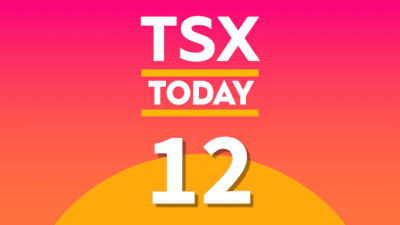There may be a time where you are worried one of your companies may be at risk of running into some serious trouble. Another possibility is that you are researching a stock that seems like it may be too good to be true, and you are trying to find out why it’s trading for so cheap. For example, the stock may have a low P/E, or its dividend seems to be high.
It’s natural for investors to want to look for any problems ahead of time and it’s actually highly recommended, but where do you start and how do you know if the company is fine or if it’s a stock that you should avoid?
Below are a number of metrics investors can use to determine the health of a current or potential investment.
Interest coverage
The interest coverage ratio shows how well a company is at making its interest payments. It’s important not only because it will show you if a company is having trouble paying the interest on its debt, but also it will show also you if a company is paying too much interest — and whether it may be sacrificing profitability.
The interest coverage ratio is determined by dividing earnings before interest and taxes (EBIT) by the interest expense. Obviously, the higher the number the better, and numbers below one indicate that the company isn’t earning enough to make its interest payments.
Debt to equity
The debt to equity ratio is key because it shows how much of the company’s assets are made up of debt, and how much is owned by shareholders. This gives investors a clear indication of how much leverage the company has, allowing them to compare it to its peers in its industry.
Debt to EBITDA
Looking at debt to EBITDA is another useful way of seeing how levered a company is. A reasonable debt to EBITDA is nothing to worry about, as the company’s earnings should easily be able to cover the debt.
Unusually high debt to EBITDA ratios, or ones that are rising in a company that is seeing falling income are the ones to watch out for, such as oil companies the last few years.
Current and quick ratios
The current and quick ratios are accounting ratios that give investors a good idea of the liquidity available at a certain point in time. Looking at the balance sheet, you can take the current liabilities and the current assets to find out how much liquidity is available and how much is needed.
The current ratio is taken by dividing current assets by current liabilities. This theoretically will give you the company’s liquidity position. A number above 1.0 times indicates that the company should have enough liquidity to make its short-term payments.
In most cases the better ratio to use is the quick ratio, which divides only cash and equivalents, marketable securities and accounts receivable by current liabilities. This eliminates things such as inventory and prepaid expenses in order to get a better look at the company’s liquidity.
A top example
Looking at a company like Bombardier Inc (TSX:BBD.B), it’s clear to see the company has had its fair share of issues the last few years.
Its interest coverage ratio isn’t terrible, but it’s pretty low at 2.7 times, and so is its current and quick ratio. With a current ratio of just 1.0 times and a quick ratio of 0.57 times, the company is not in the best position in terms of liquidity.
Its debt to EBITDA is still high at more than 5.4 times and its debt to equity is not calculable because of its large negative equity position, which should be its own red flag.
When looking at these numbers, it’s not surprising that the company has had to receive numerous loans from the federal government, and it’s clear this is one of the stocks investors should avoid.
Bottom line
Whether you want to check before buying a stock or you think one of your stocks may be in trouble, these are the easiest metrics to use to spot problems.
It’s important to go through your portfolio and check how your companies are performing periodicall, to see if you need to sell any stocks.







